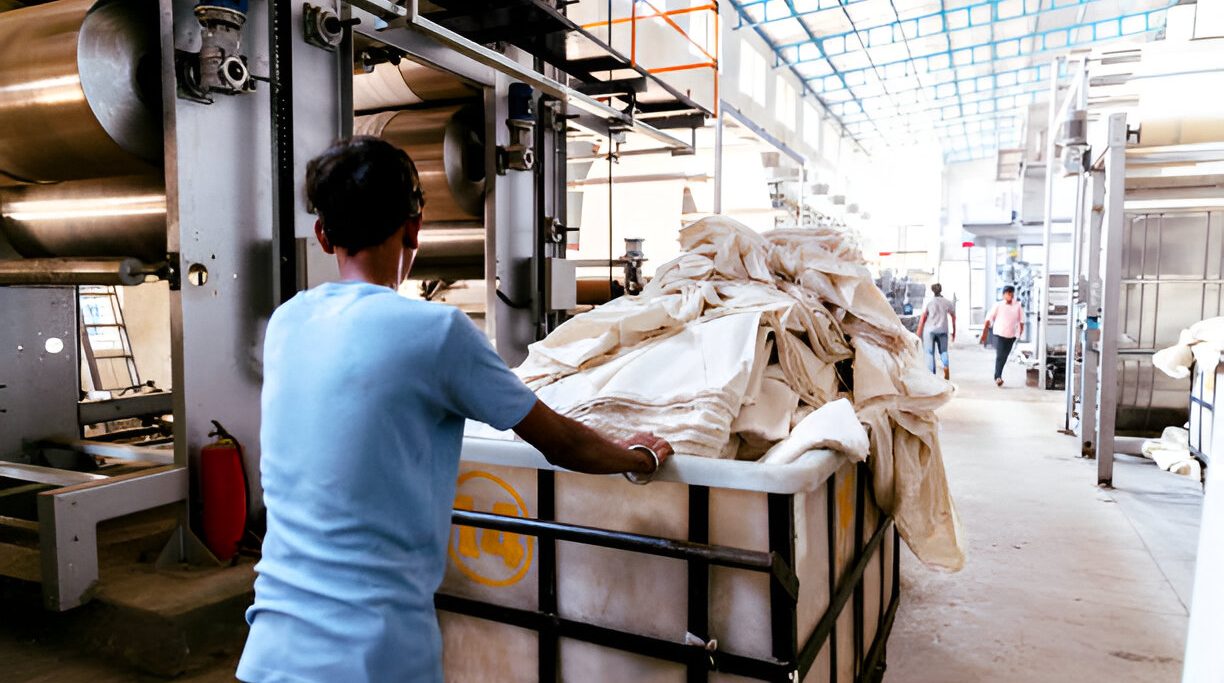In the world of textiles, not all cotton is created equal. Among the various types of cotton available, combed cotton stands out as a premium choice, known for its superior softness, strength, and durability. Whether you’re a fashion enthusiast, textile manufacturer, or simply someone who appreciates quality fabrics, understanding what makes combed cotton special can help you make informed decisions about your clothing and textile purchases.
What is Combed Cotton?
Combed cotton is a type of cotton that undergoes an additional processing step called “combing.” This process removes the shorter, weaker fibers, leaving behind only the long, strong fibers. The result is a smoother, finer, and more durable fabric that feels luxuriously soft against the skin.
The combing process is a crucial step in creating high-quality cotton fabrics. By removing impurities and shorter threads, combed cotton becomes less prone to fraying, pilling, and tearing, making it a preferred material for premium clothing, bed linens, and other textiles that demand longevity.
How is Combed Cotton Made?
The production of combed cotton involves several key steps:
1. Harvesting: Cotton fibers are harvested from cotton plants and are initially in a raw state.
2. Carding: The cotton fibers are first carded, a process that separates the individual fibers and aligns them roughly parallel to each other.
3. Combing: The combing process comes next, where the cotton fibers are further refined. Combing removes the shorter fibers and any remaining impurities, resulting in a smoother, stronger yarn.
4. Spinning: The combed cotton fibers are then spun into yarn, which can be woven or knitted into fabric.
5. Finishing: Finally, the fabric undergoes finishing processes to enhance its softness, strength, and appearance.
The meticulous combing process is what sets combed cotton apart from regular cotton, offering a higher thread count and a superior texture that feels exceptionally soft and smooth.
Benefits of Combed Cotton
Combed cotton offers a range of benefits that make it an attractive choice for both manufacturers and consumers:
– Superior Softness: The removal of shorter fibers and impurities results in a fabric that is noticeably softer than regular cotton. This makes combed cotton ideal for clothing that comes into direct contact with the skin, such as t-shirts, underwear, and bed linens.
– Increased Durability: Combed cotton is stronger and more durable than regular cotton. The long fibers are less likely to break, which means that combed cotton fabrics are less prone to pilling and fraying.
– Better Breathability: The high-quality fibers of combed cotton allow for better airflow, making the fabric more breathable. This is particularly important for garments worn in warm weather or during physical activity.
– Enhanced Aesthetic: Combed cotton fabrics have a smoother surface, which results in a more polished and refined appearance. This makes them a popular choice for high-end apparel and home textiles.
– Hypoallergenic: The purity of combed cotton, with fewer impurities and loose threads, makes it less likely to cause skin irritation, making it suitable for individuals with sensitive skin.
Combed Cotton vs Regular Cotton
When comparing combed cotton to regular cotton, the differences are significant. Regular cotton includes fibers of various lengths, which can result in a less consistent texture and lower durability. While regular cotton is more affordable, combed cotton offers superior comfort, longevity, and overall quality, making it worth the investment.
Applications of Combed Cotton
Combed cotton is used in a wide range of textile products, including:
– Clothing: T-shirts, underwear, and baby clothes are often made from combed cotton due to its softness and durability.
– Bedding: High-quality bed sheets and pillowcases are often crafted from combed cotton, providing a luxurious feel and long-lasting performance.
– Towels: The absorbency and softness of combed cotton make it an excellent choice for bath towels and hand towels.
– Luxury Textiles: Combed cotton is a preferred material in high-end fashion and home textiles, where quality and comfort are paramount.
Caring for Combed Cotton
To maintain the quality of your combed cotton products, follow these care tips:
– Washing: Wash combed cotton items in cold or warm water with a mild detergent. Avoid using bleach, as it can damage the fibers.
– Drying: Air dry combed cotton items when possible. If using a dryer, opt for a low heat setting to prevent shrinkage and maintain the fabric’s softness.
– Ironing: Use a warm iron if needed, but avoid high heat to prevent damaging the fibers.
Why Choose Combed Cotton?
Combed cotton is an investment in comfort, quality, and durability. Whether you’re looking for soft and long-lasting clothing, luxurious bed linens, or premium home textiles, combed cotton offers unmatched benefits. Its superior softness, strength, and aesthetic appeal make it the fabric of choice for those who value quality.
As more consumers prioritize comfort and longevity in their textile purchases, combed cotton continues to rise in popularity. By choosing combed cotton, you’re not just buying a product—you’re investing in a fabric that delivers exceptional value and satisfaction.


